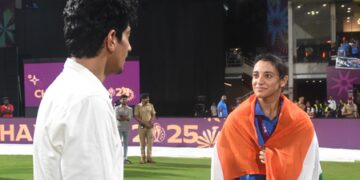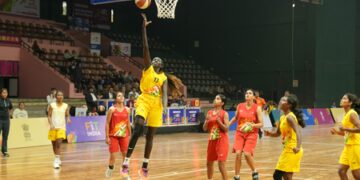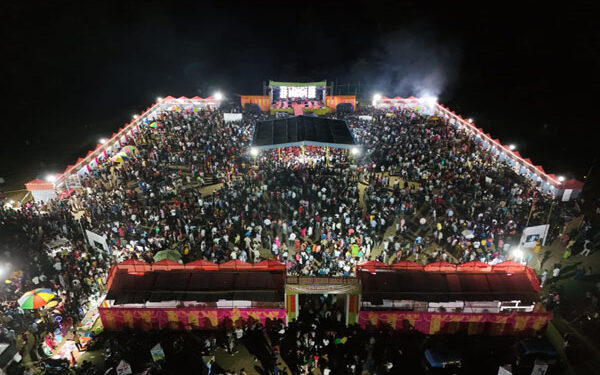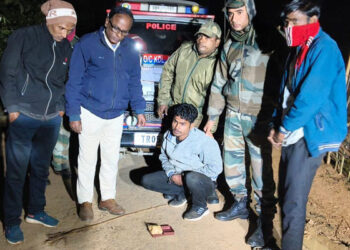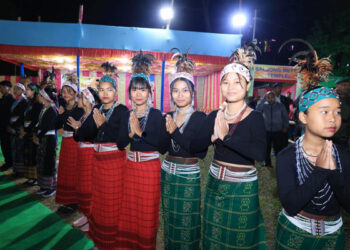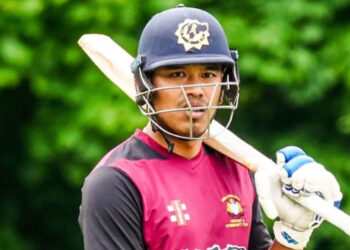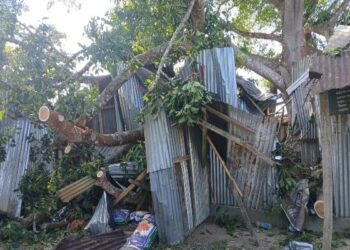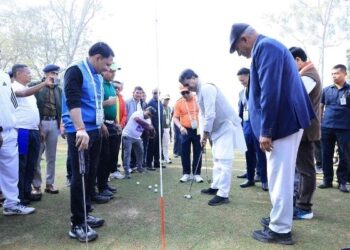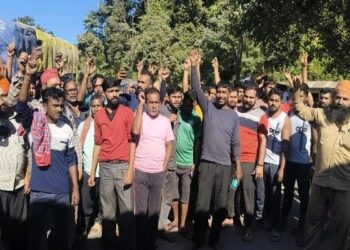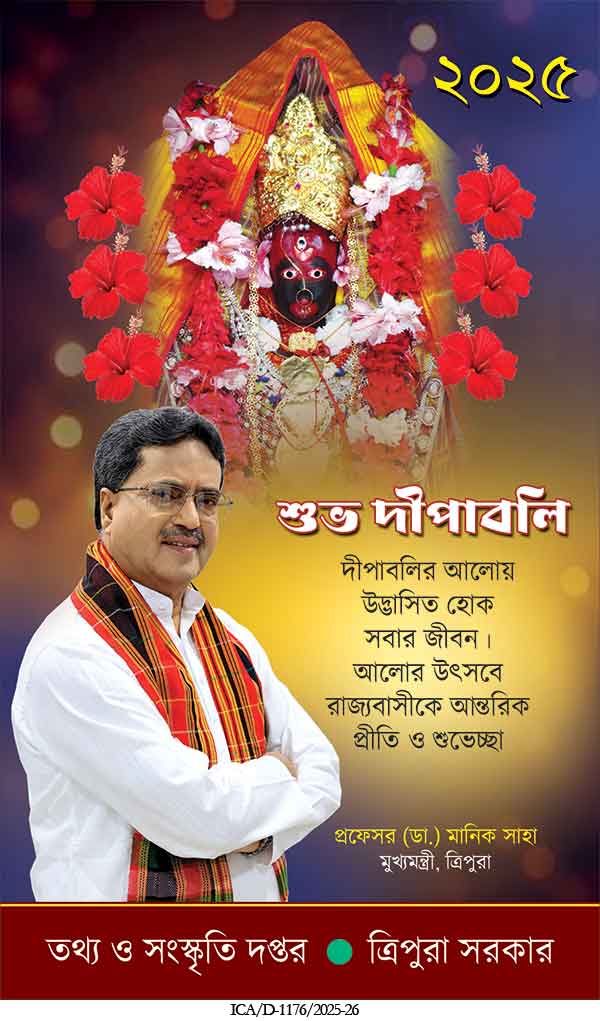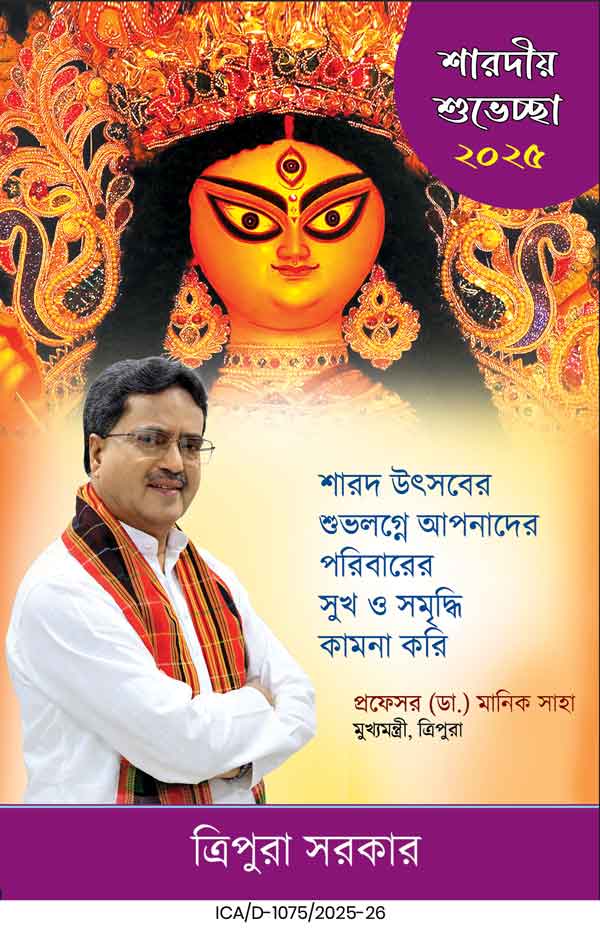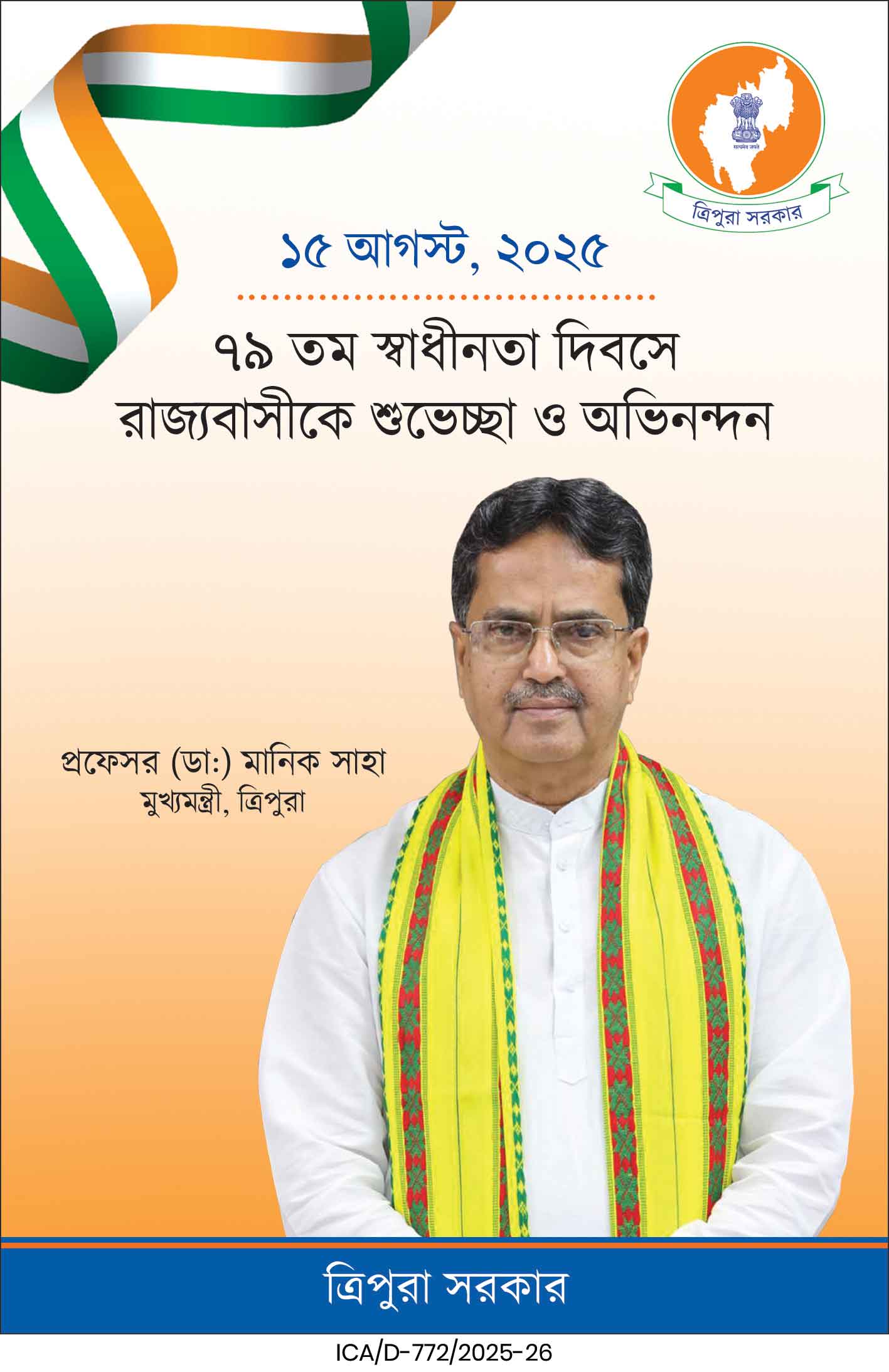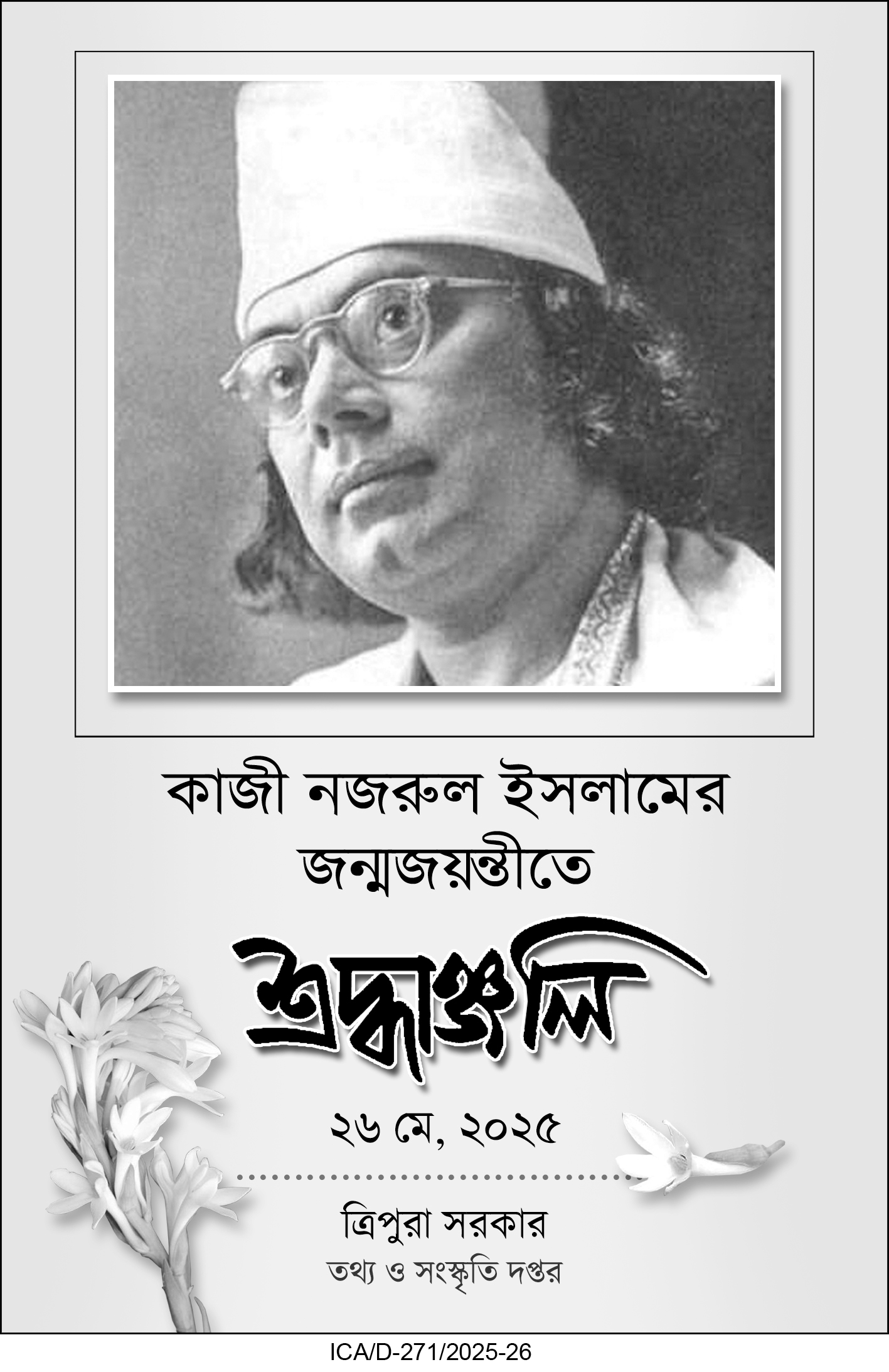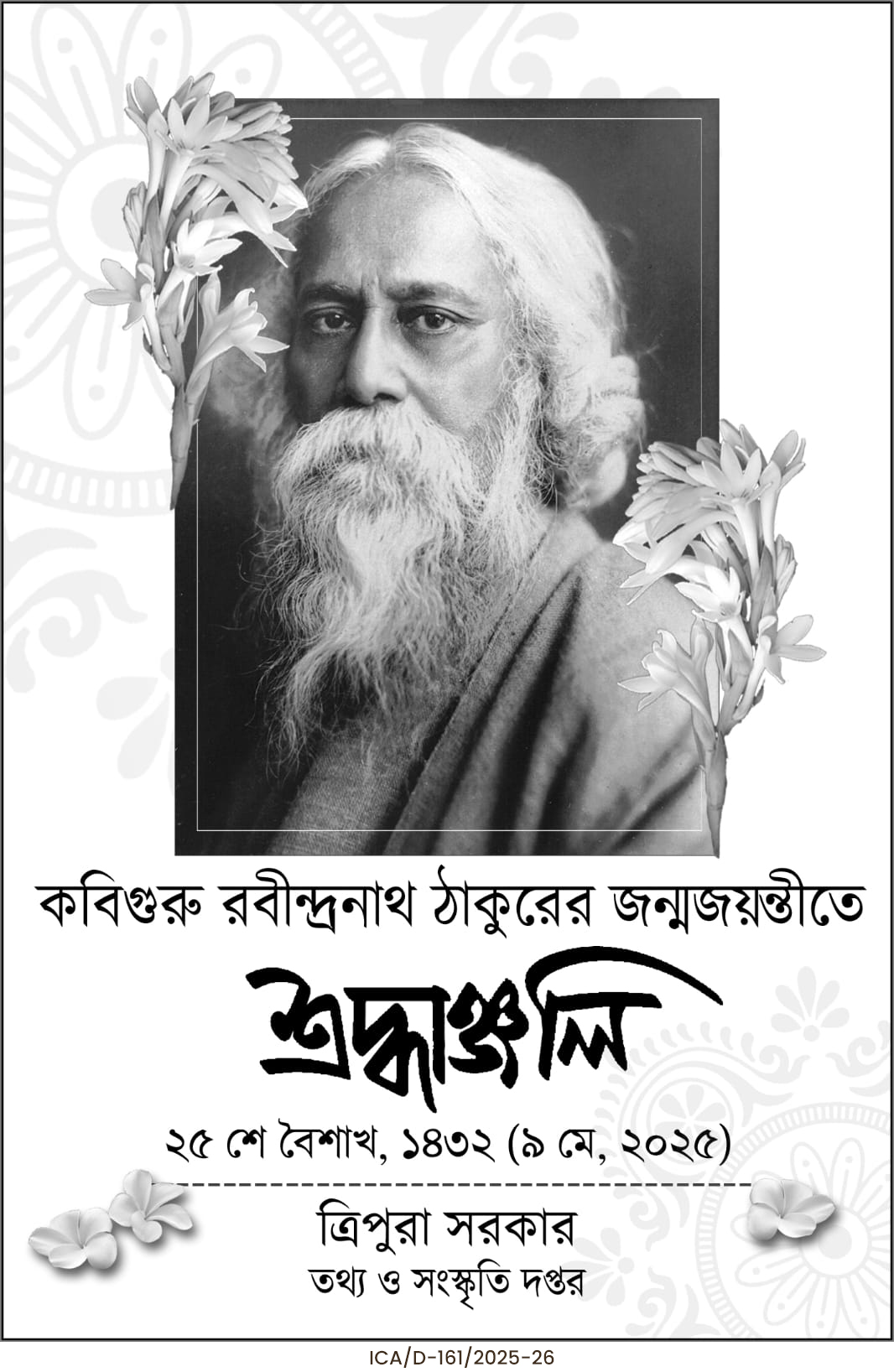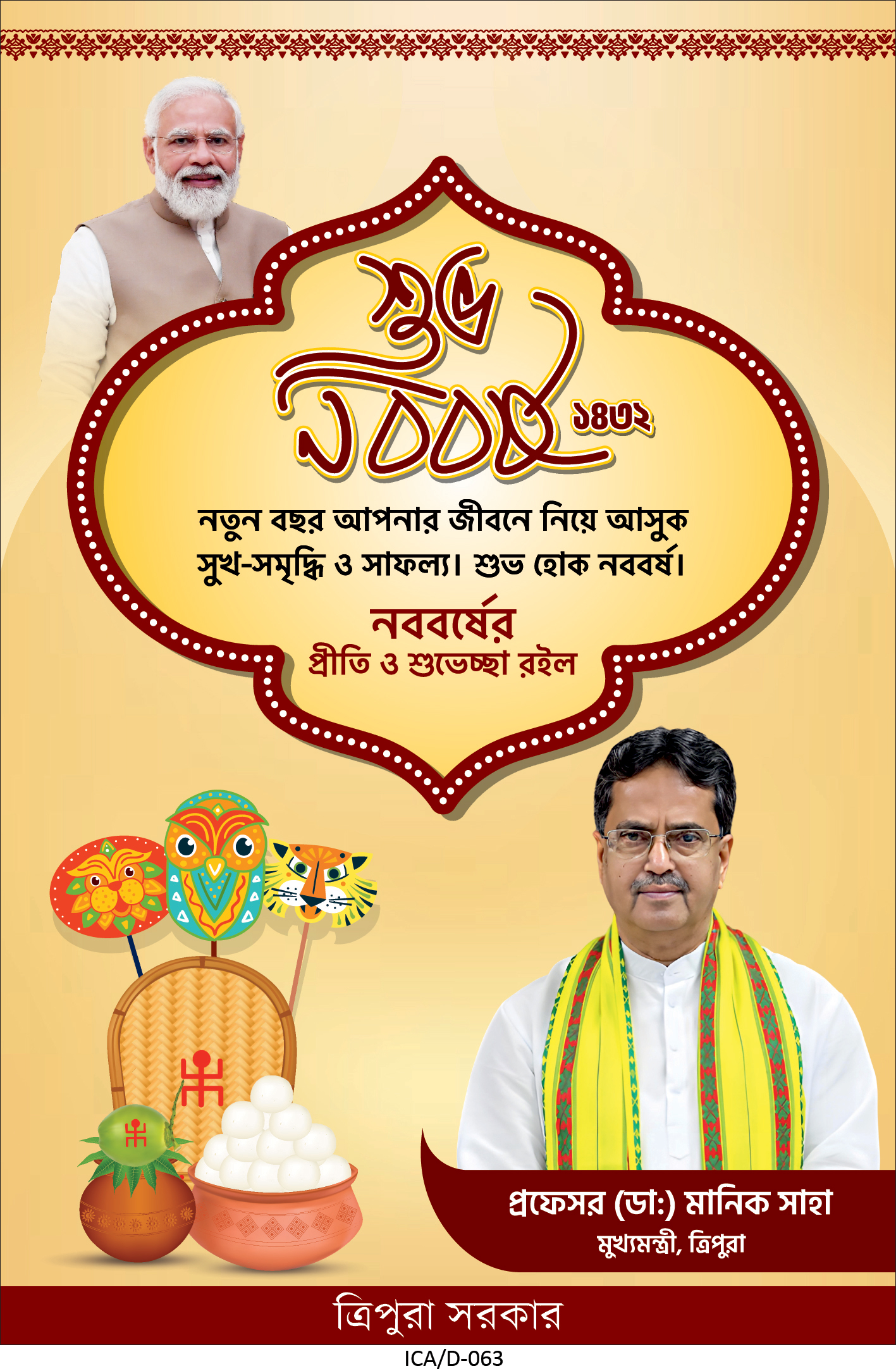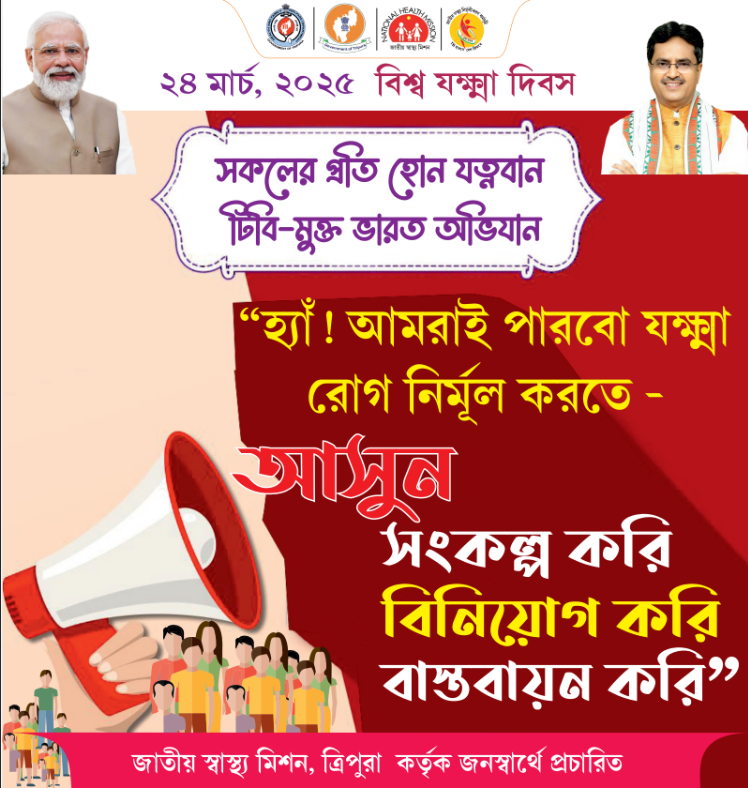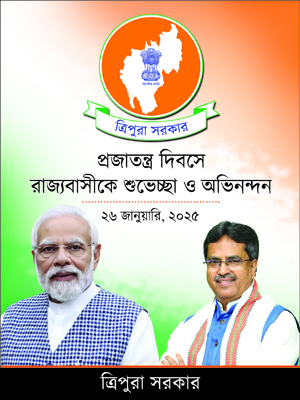Kanchanpur (Tripura) Aug 3: The vibrant town of Kanchanpur in North District witnessed a week-long celebration of culture, community, and consciousness with the grand Aakanksha Mela (Festival of Hope and Aspiration), a unique convergence of tradition, entertainment, success, and social awareness. Spanning six days (28 July – 2 August) of non-stop energy and enthusiasm, the mela attracted thousands of visitors from within and neighbouring regions, transforming Kanchanpur into a buzzing hub of festivities and reflection.
Acknowledgment of Dignitaries
The success and prestige of the Aakanksha Mela were greatly enhanced by the esteemed presence of several distinguished guests. Minister Tinku Roy, Minister Santana Chakma, MLA Phillip Kumar Reang, District Magistrate and Collector of North Tripura Chandni Chandran IAS, Chief Executive Officer of Tripura Rural Livelihood Mission (TRLM) Tarit Kanti Chakma IAS, the presence of all of them energized the crowd and uplifted the event, and their administrative leadership ensured seamless coordination and success of the mela.
A particular mention must be made of Deepak Kumar, IAS, Sub-Divisional Magistrate, Kanchanpur who hosts this district level event as the Organizing Chairman, whose visionary leadership, tireless efforts, and detailed planning brought this event to life and made it an extraordinary success.
The participation of these dignitaries not only honoured the mela but also inspired confidence in local initiatives and community development efforts. Their active involvement reflected a strong and unified commitment to the objectives of NITI Aayog in promoting inclusive development, community empowerment, and sustainable livelihoods.
Cultural Fusion on Display
Each evening of the mela lit up with dazzling performances by various communities, celebrating the rich diversity of our cultural fabric. From the graceful tribal dances of the indigenous groups to the foot-tapping rhythms of folk traditions from the plains, the open-air stage became a canvas for unity in diversity. Audiences were enthralled by synchronized group choreographies, colourful costumes, and soulful music that resonated with ancestral pride.
Adding a glamorous flair to the cultural lineup was the Ramp Walk, which saw participants of all communities confidently showcasing traditional and fusion attire. The event was not just about fashion—it was a proud showcase of ethnic identity and creative expression, earning cheers from an enthusiastic crowd.
A Feast for the Senses
The Food Stalls at the mela were nothing short of a culinary carnival. Visitors indulged in local delicacies, traditional sweets, and fusion street food from various parts of the region.

Long queues at popular counters reflected the irresistible appeal of spiced snacks, organic juices, and artisanal desserts. Many visitors admitted they came back multiple times—just for the food.
Meanwhile, TRLM (Tripura Rural Livelihood Mission) stalls did brisk business throughout the week. Their display of handcrafted goods, eco-friendly and organic items, and skill-based products became instant hits.
Empowered rural artisans, particularly women entrepreneurs, stood proudly behind their stalls, sharing the stories behind their looms and crafts and proving the impact of grassroots enterprise.
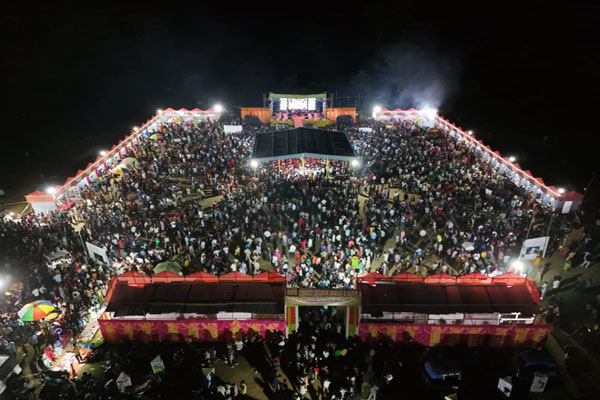
A major highlight of the mela was the Agriculture and Horticulture Product Show, which brought the farming and gardening communities into the spotlight. The exhibit displayed a diverse range of products including organic vegetables, exotic fruits, herbal plants, spices, and indigenous seeds.
Local farmers and horticulturists proudly exhibited high-yield varieties. Experts from the district and sub-divisional forest department conducted live demonstrations and awareness sessions on sustainable farming, soil health, and agro-entrepreneurship, receiving enthusiastic participation from both youth and professionals. This segment not only encouraged innovation but also sparked discussions on climate-resilient agriculture and rural prosperity.
A Platform for Awareness
In a powerful and much-needed segment of the event, the mela hosted impactful dramas, skits, and speeches as part of an Anti-Drug Campaign. Youth groups, clubs, NGOs, school students, and theatre enthusiasts took to the stage to deliver emotionally stirring performances on the dangers of substance abuse. These acts weren’t just artistic—they were educational, igniting conversations and empathy among the spectators.
Notable attention was drawn to the participations of HMC Hillcrest Medical Center Foundation and Calvary Healing Center, two reputed private entities working in the field of health care, mental health and de-addiction. Their interactive stalls provided free counseling, awareness materials, and even anonymous screening sessions. Many attendees, especially young people, found these services helpful and approachable—a significant step toward breaking stigma.
A Message of Unity and Harmony
The Aakanksha Mela has played a vital role in promoting peace and unity among the diverse communities of Kanchanpur. In a subdivision where Bengalis, Baruahs, Brus, Chakmas, and Mizos live side by side, this mela has beautifully brought everyone together in celebration, mutual respect, and shared identity. It is a living symbol of our strength in diversity. This sentiment is felt throughout the event, as people from all backgrounds participated with equal enthusiasm and pride.
Conclusion: A Week to Remember
The Aakanksha Mela at Kanchanpur was far more than just a fair—it was a holistic celebration of heritage, healing, hope and aspiration. From the rhythmic beats of community dances to the profound silence that followed an emotional anti-drug drama, the mela touched every heart.
Perhaps its most enduring impact lies not just in the colours, tastes, and sounds—but in the conversations it started and the awareness it spread. Kanchanpur now looks forward to future editions of the Aakanksha Mela with renewed anticipation, hoping to carry forward its legacy of inclusion, empowerment, and transformation.
(The author Dr Zairemthiama Pachuau is Founder and Chairman of HMC Hillcrest Medical Center, Behliangchhip, Jampui Hill and General Secretary of Jampui Hill Mizo Convention)






